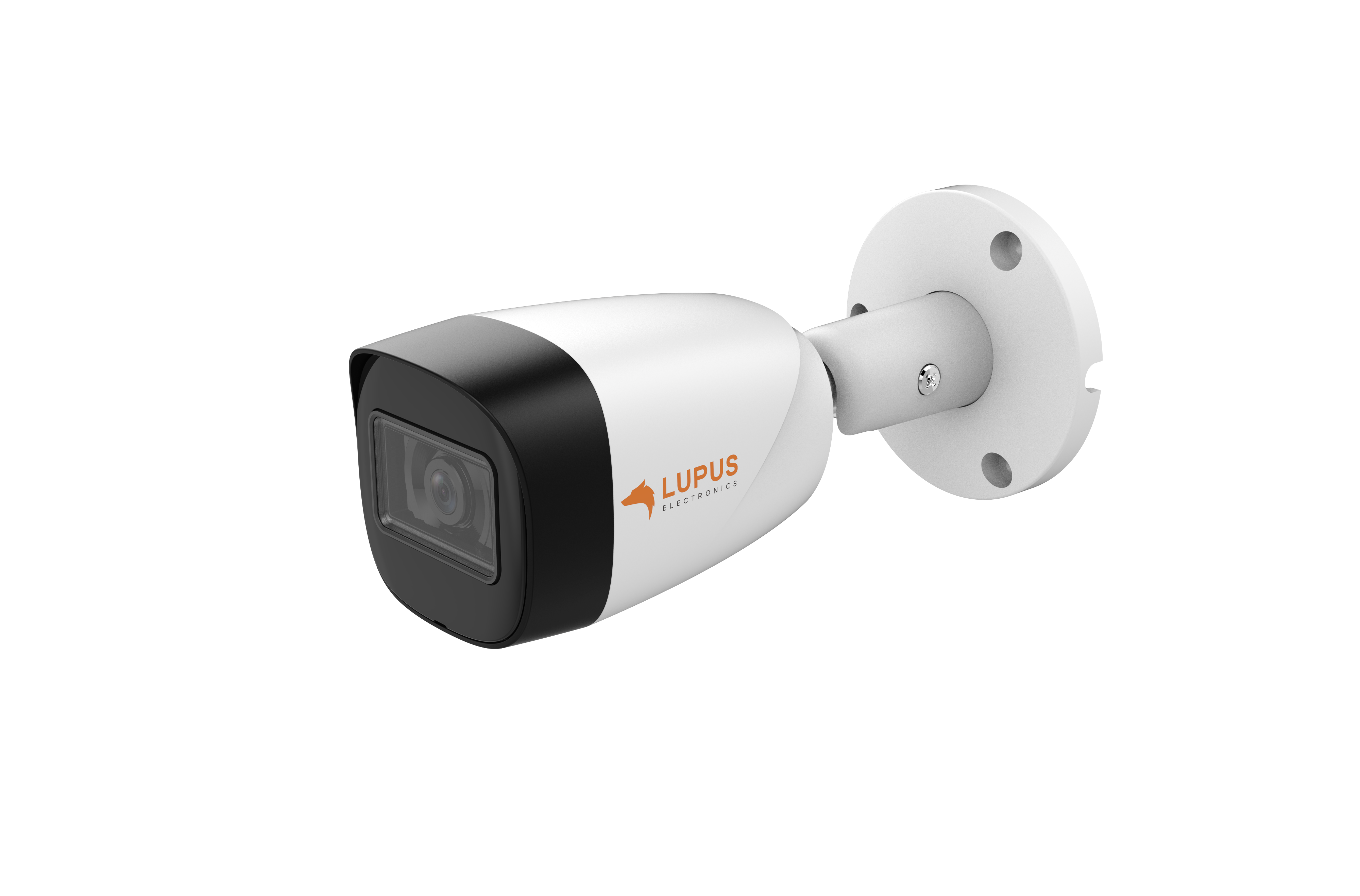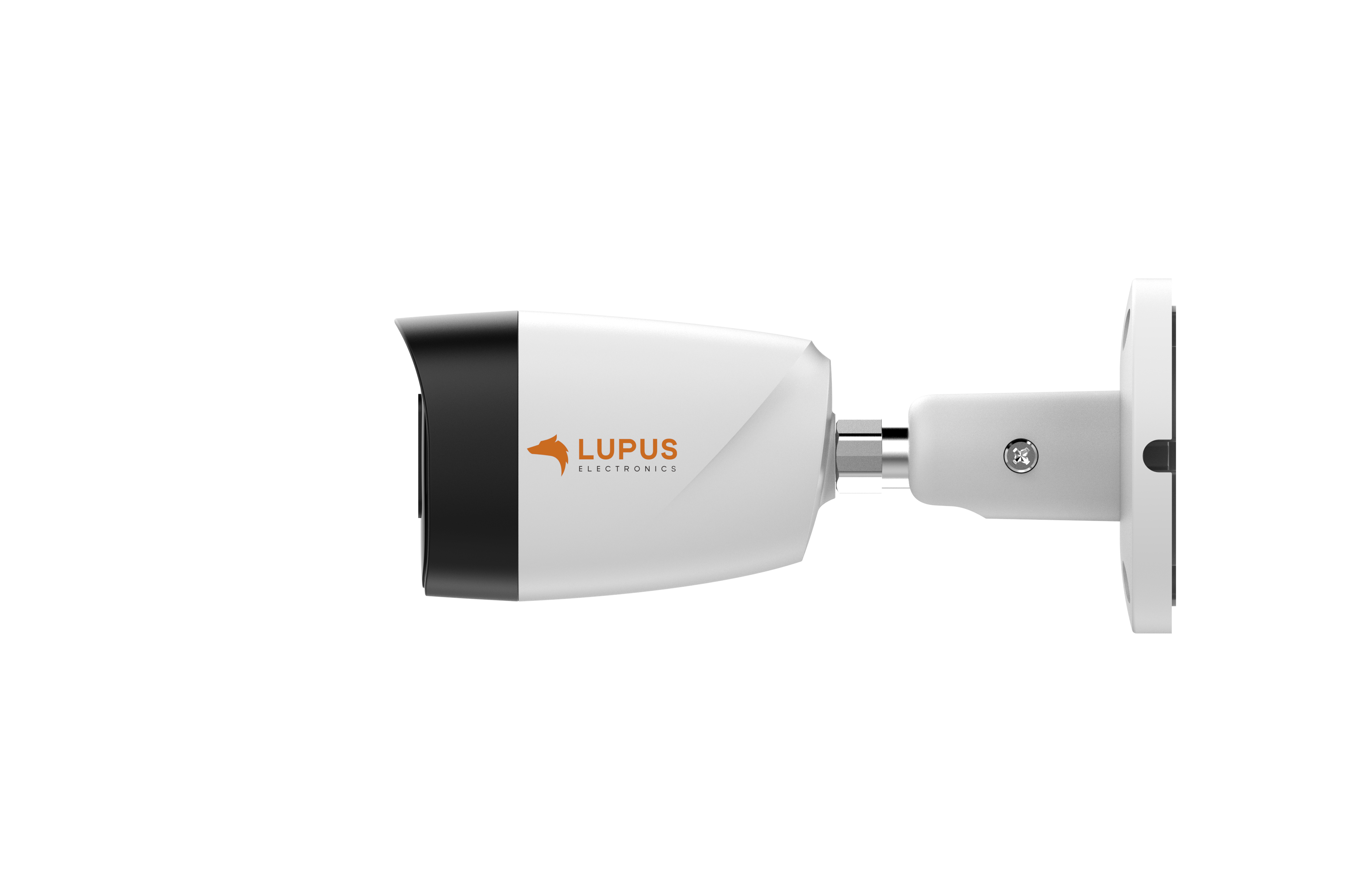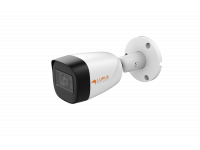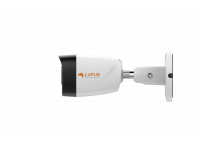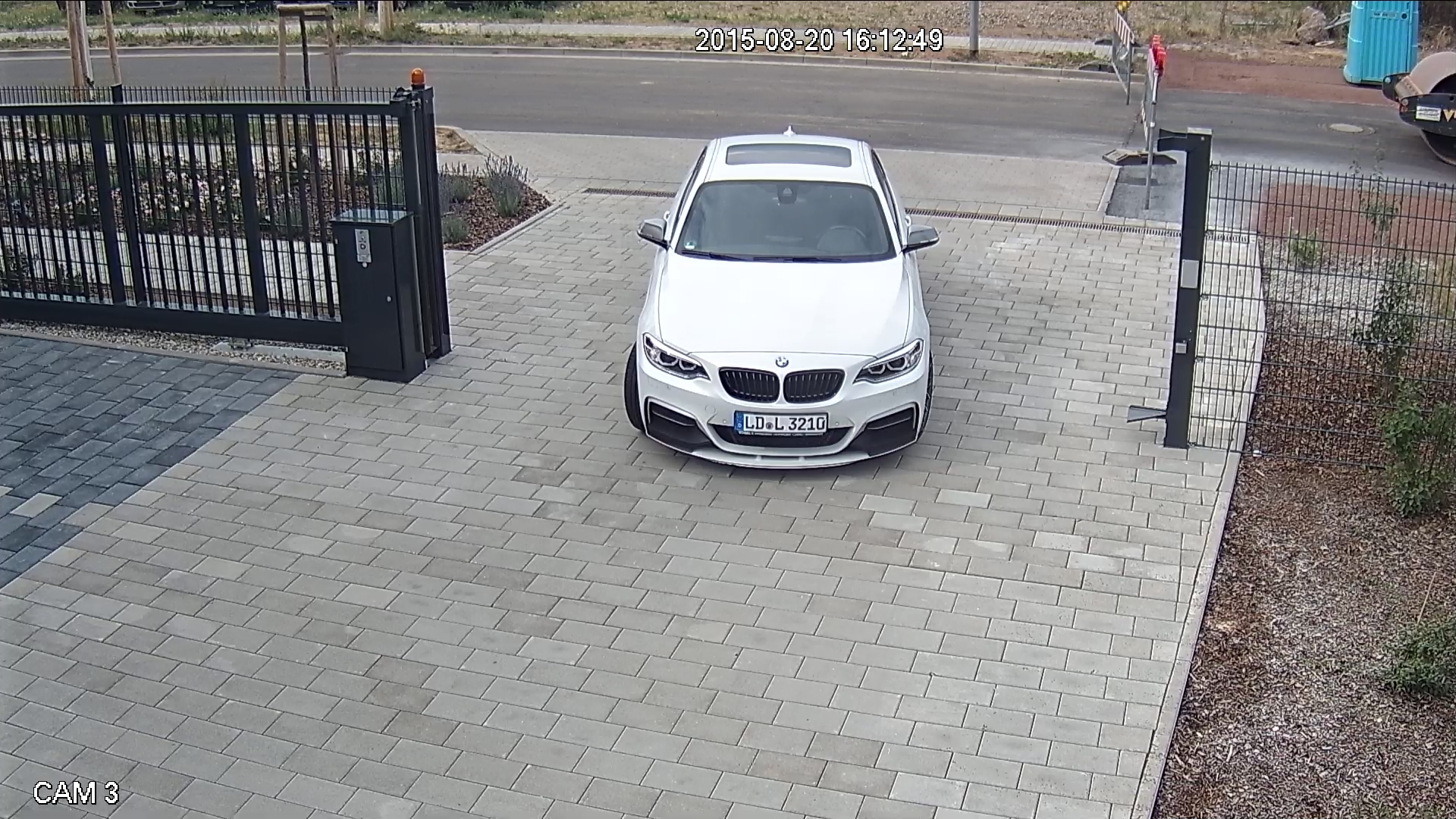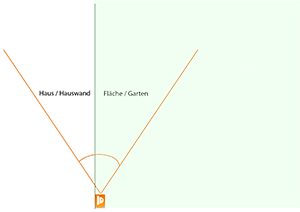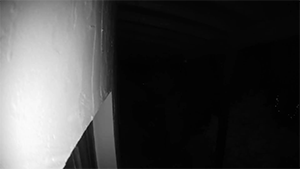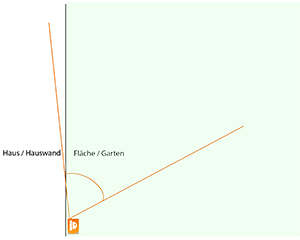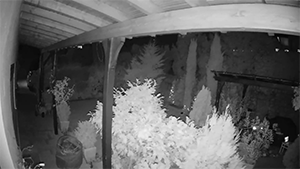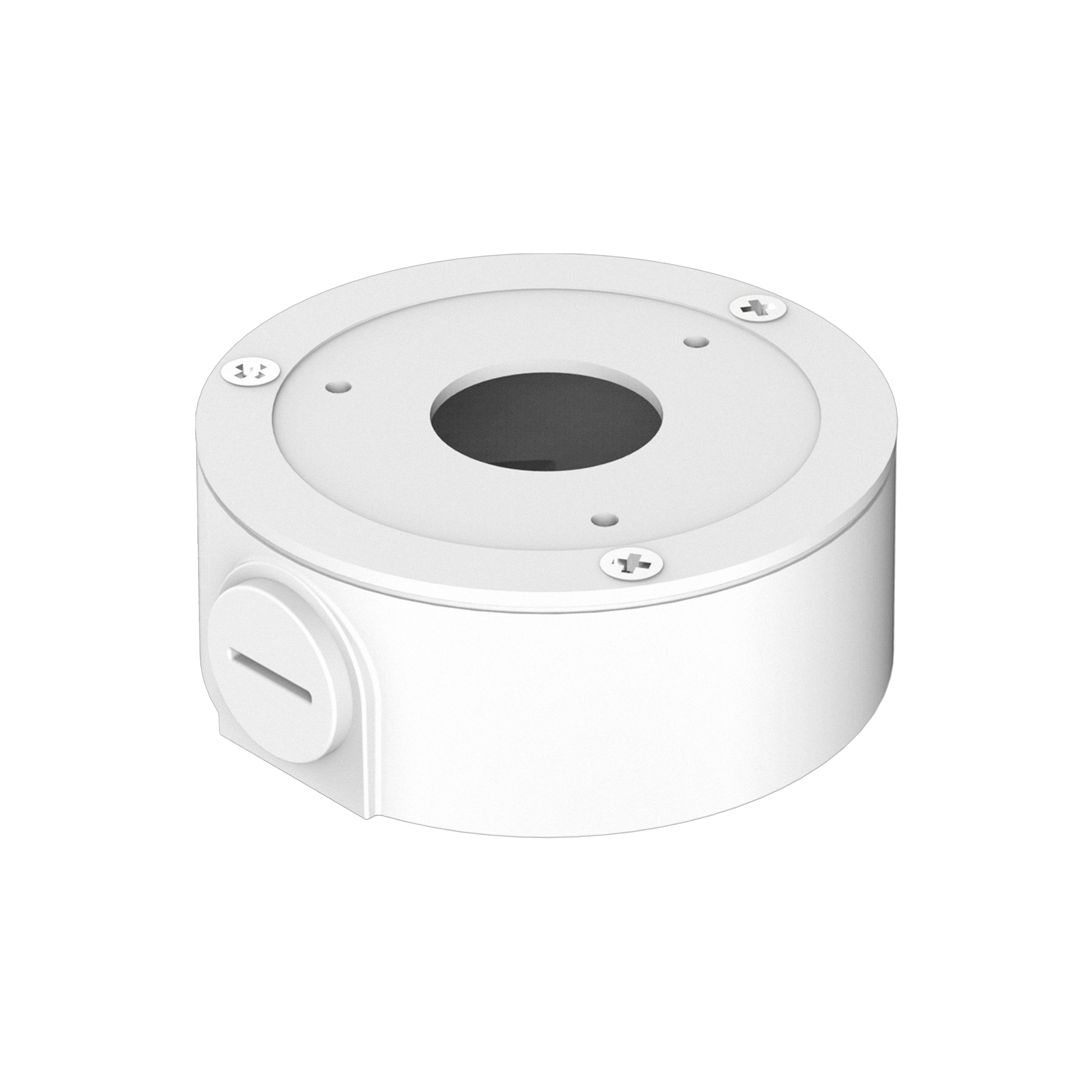Item No.:13110
EAN:4260195433052
EAN:4260195433052
LUPUSNIGHT - LE139HD
119,00 EUR
TVA INCLUS
EX. Cout d'envoi
Quelques pièces restant en stock
- Description
-
LUPUSNIGHT® - LE139HD surveillance camera
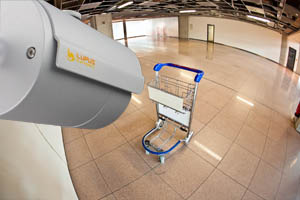 Surveillance anytime, anywhere!
Surveillance anytime, anywhere!Weatherproof HD outdoorcamera with night-vision
Due to the new HDTV video technology, the LUPUSNIGHT - LE139HD supports high quality video resolution (FullHD 1920x1080 pixels) while keeping a compact design. In contrast to the conventional HD-SDI technology, HDTV supports a cable lenght up to 300m / 328 yards (RG59). We payed special attention to the outdoor capabilities of this compact all-rounder: The integrated IR-LEDs allow night-vision surveillance up to 30m / 32 yards and it can resist various weather conditions (protection class IP67).
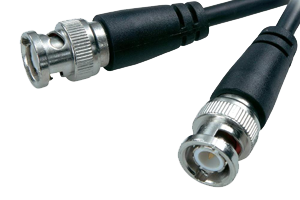 BNC connector technology
BNC connector technologyPlug and Play - HD quality via your existent CCTV wiring
The new HD video technology transmits up to 2 megapixels via the conventional CCTV coaxial cable. A cumbersome conversion to IP video and network cables becomes unnecessary and, hence, HDTV saves you money. In contrast to IP video, the images are transferred uncompressed and in real time.
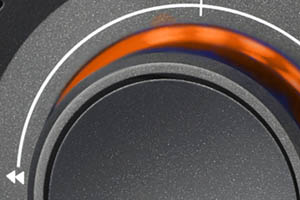 Surveillance anytime, anywhere!
Surveillance anytime, anywhere!Storage and management of your surveillance recordings
The new digital HD video recorder is able to conduct time and motion controlled recordings with your new HD cameras. The central management software allows you to access multiple recorders plus the connected cameras and displays them dynamically and flexibly on all available monitors.
Included without charge: the SmartVision Software for MacOS and Windows
Multi monitor support: for any number of monitors...- Multi monitor support: for any number of monitors. Arrange your images / windows via Drag&Drop
- Modern touch-screen control is possible
- The software features a similar interface as the recorder and your web browser
- Integration into our XT alarm panels is possible
- All windows are moveable
- Feuille
-
LUPUSNIGHT - LE139HD
Technical data:
Image sensor 1/2.8“ (9.1mm) 2 megapixels CMOS sensor Effective pixels 1984(H) x 1225 (V) Output resolution 1920 x 1080 pixels (FullHD) Electronic shutter 1/25s~1/100,000s Min. illumination 0.001Lux @ F1.6 (AGC AN), 0Lux IR on Digital methods for image improvement ICR, AWB, AGC, BLC, WDR, HLC, 3D-DNR, Smart IR Synchronisation Internal Video output 1 channel BNC HD, high definition video output Video frame rate 25 FPS @ 1080p Alarm connectors - Audio connectors Built-in microphone Power supply DC12V (+-30%) Power consumption Max. 3W Working environment -40°C bis +60°C (-40°F to 140°F) Transmission distance approx. 300 meters (328 yards) via RG59 coaxial cable Protection class IP67 Dimensions Ø70mm x 166,6mm (2.75 inch x 6.56 inch) Weight 0.33kg (0.73 pounds) Features:
Night-vision range 30 meters (32 yards) with SmartIR (automatical adjustment of the IR strength) Day / night switch Automatic IR cut filter Noise reduction 2D and 3D OSD menu Yes Lens:
Lens 2.8mm Angle of view 109° (horizontally) / 58° (vertically) / 127° (diagonal) Lens type DC auto iris lens Includes:
12V mains adapter Manual Screws and expansion bolts Drilling template - Videos
- Téléchargements
-
DesignationTypeSizeDateDescriptionHandbuch - LUPUSNIGHT LE138HD + LE139HDPDF727 KB3.8.2016LE138HD + LE139HD Benutzerhandbuch v1.0.1Handbuch - LUPUSNIGHT LE138HD + LE139HD EnglischPDF633 KB3.8.2016Manual LE 138HD / 139HD v1.0.1
- FAQ
-
Questions fréquemment posées 
last updated - 24/03/2022 Show all FAQ's - Commentaires
-
Il n'y a aucun commentaire pour ce produit.
